Home>Gardening & Outdoor>Landscaping Ideas>How Many Minutes To Water Your Grass
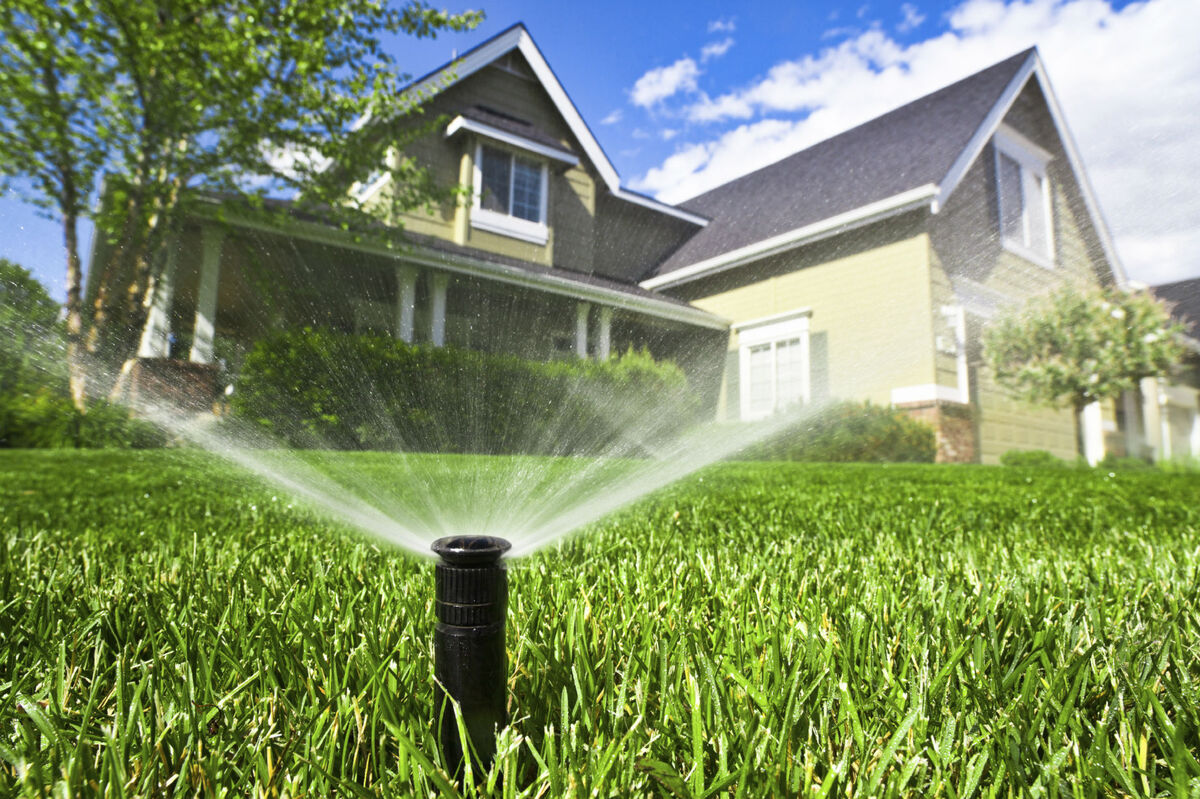

Landscaping Ideas
How Many Minutes To Water Your Grass
Published: January 26, 2024
Discover the best landscaping ideas for watering your grass efficiently. Learn how many minutes it takes to keep your lawn lush and healthy.
(Many of the links in this article redirect to a specific reviewed product. Your purchase of these products through affiliate links helps to generate commission for Storables.com, at no extra cost. Learn more)
Introduction
In the realm of landscaping, nurturing a lush, verdant lawn is a testament to a homeowner's dedication and care. One of the crucial facets of maintaining a healthy lawn is ensuring that it receives the appropriate amount of water. While the significance of watering the grass is widely acknowledged, the question of how long to water the grass remains a topic of deliberation among homeowners and gardening enthusiasts.
The watering duration is a pivotal factor that directly impacts the health and vibrancy of the grass. Determining the ideal duration for watering necessitates a comprehensive understanding of various elements, including the type of grass, soil composition, climate, and irrigation techniques. By delving into these aspects, individuals can ascertain the optimal watering duration for their specific lawn, thereby fostering a thriving and resilient expanse of grass.
Understanding the intricacies of watering duration is not only beneficial for the health of the grass but also for conserving water resources. By adopting precise and efficient watering practices, homeowners can contribute to water conservation efforts while nurturing a stunning, emerald green lawn.
In this comprehensive guide, we will explore the factors that influence watering time, elucidate methods for determining the ideal watering duration, and delve into effective watering techniques. By unraveling these essential components, readers will gain valuable insights into the art and science of watering their grass, ultimately fostering a verdant and flourishing lawn.
Key Takeaways:
- Watering your grass for the right duration is crucial for a healthy lawn. Factors like grass type, soil, climate, and irrigation method all play a role in determining the ideal watering time.
- By using visual cues, soil assessment, and evaporation rates, homeowners can determine the perfect watering duration. Early morning watering, deep hydration, and water conservation practices are key techniques for a vibrant and resilient lawn.
Read more: How Many Times A Day To Water Your Grass
Factors Affecting Watering Time
Several pivotal factors play a crucial role in determining the optimal duration for watering the grass. Understanding these elements is imperative for tailoring the watering regimen to meet the specific needs of the lawn. By considering these factors, individuals can fine-tune their watering practices, ensuring that their grass receives the ideal amount of moisture for robust growth and vitality.
- Type of Grass: The type of grass comprising the lawn is a fundamental determinant of the watering duration. Different grass species have distinct moisture requirements, and understanding these disparities is essential for precision in watering. For instance, cool-season grasses such as Kentucky bluegrass and fescue necessitate approximately 1 to 1.5 inches of water per week, while warm-season grasses like Bermuda grass and zoysia grass typically require 1 to 1.5 inches of water every three to four weeks.
- Soil Composition: The composition of the soil profoundly influences the watering duration. Soil with high clay content tends to retain moisture for longer periods, necessitating less frequent watering but for extended durations. Conversely, sandy soil, which drains more rapidly, may require shorter yet more frequent watering sessions to ensure adequate moisture penetration.
- Climate and Weather Patterns: The prevailing climate and weather conditions exert a significant impact on watering duration. During hot and arid spells, the grass may require more frequent and prolonged watering to offset moisture loss. Conversely, cooler and more humid weather may necessitate reduced watering durations to prevent over-saturation of the soil.
- Irrigation Method: The method of irrigation employed also influences the watering duration. Drip irrigation systems, for instance, deliver water directly to the roots, allowing for more efficient and targeted watering, which may require shorter durations compared to traditional sprinkler systems.
By taking these factors into account, homeowners can tailor their watering practices to align with the unique requirements of their grass, promoting optimal growth and resilience while conserving water resources.
Determining Watering Duration
Deciphering the ideal watering duration for your lawn is a pivotal aspect of lawn maintenance, ensuring that the grass receives the requisite moisture for robust growth and vitality. While various factors influence the watering duration, there are effective methods for determining the precise duration to achieve optimal results.
Visual Cues: Observing the grass for visual cues can provide valuable insights into its moisture requirements. If the grass begins to display signs of wilting, such as a bluish-green hue or lingering footprints, it indicates a need for watering. Conversely, if the grass retains its resilience and vibrant color, it may indicate adequate moisture levels.
Soil Assessment: Conducting a soil assessment is instrumental in gauging the watering duration. By probing the soil with a screwdriver or soil moisture meter, individuals can ascertain the depth of moisture penetration. Ideally, the moisture should reach a depth of 6 to 8 inches for most grass types, indicating thorough hydration of the root system.
Container Test: Employing a simple container test can aid in determining the watering duration. Placing a few empty cans or containers across the lawn during a watering session allows for monitoring the accumulation of water. Once the containers accumulate approximately 1 inch of water, it signifies that the grass has received the recommended amount of moisture, aiding in determining the optimal watering duration.
Evaporation Rate: Evaluating the evaporation rate in conjunction with the climate and weather patterns is crucial for ascertaining the watering duration. In hot and arid conditions, water evaporates more rapidly, necessitating longer watering durations to compensate for moisture loss. Conversely, during cooler and more humid weather, shorter watering durations may suffice to prevent over-saturation of the soil.
By integrating these methods and closely monitoring the grass's response to watering, homeowners can adeptly determine the ideal watering duration, fostering a vibrant and resilient lawn while conserving water resources. Adhering to these practices ensures that the grass receives optimal moisture, promoting lush growth and enduring vitality.
Water your grass for 20-30 minutes, 2-3 times a week, early in the morning to reduce evaporation. Adjust based on weather and soil type.
Watering Techniques
Implementing effective watering techniques is instrumental in fostering the health and vibrancy of your lawn. By employing precise and efficient methods, homeowners can ensure that their grass receives the optimal amount of moisture, promoting robust growth and resilience. Embracing these watering techniques is pivotal for cultivating a stunning expanse of lush, emerald green grass.
Early Morning Watering: Watering the lawn in the early morning is highly advantageous, as it allows the grass to absorb moisture before the onset of intense sunlight. This facilitates efficient hydration while mitigating the risk of fungal growth resulting from prolonged moisture retention during the night.
Deep Watering: Encouraging deep watering sessions promotes the development of a robust and extensive root system. By ensuring that the moisture penetrates the soil to a depth of 6 to 8 inches, the grass’s roots delve deeper into the soil in search of water, enhancing their resilience and drought tolerance.
Watering Frequency: Tailoring the watering frequency to align with the grass’s moisture requirements is crucial for maintaining optimal hydration. Rather than frequent but shallow watering, infrequent yet deep watering sessions are preferable, as they foster the development of a resilient and deeply rooted lawn.
Water Conservation Practices: Embracing water conservation practices is imperative in promoting sustainable lawn maintenance. Employing rain barrels to collect and store rainwater for subsequent use in watering the grass not only conserves water but also provides a natural and eco-friendly source of moisture for the lawn.
Utilizing Irrigation Systems: Leveraging modern irrigation systems, such as programmable sprinklers or drip irrigation, facilitates precise and efficient watering. Programmable sprinklers enable individuals to schedule watering sessions at optimal times, while drip irrigation systems deliver water directly to the roots, minimizing water wastage and promoting targeted hydration.
By integrating these watering techniques into your lawn maintenance regimen, you can nurture a resilient and vibrant expanse of grass while contributing to water conservation efforts. Embracing these practices fosters the health and beauty of your lawn, culminating in a verdant and inviting outdoor space for relaxation and recreation.
Conclusion
Embarking on the journey of nurturing a thriving and resplendent lawn entails a profound understanding of the art and science of watering. The determination of the optimal watering duration is a pivotal facet of lawn maintenance, directly influencing the health, vibrancy, and resilience of the grass. By considering the multifaceted elements that impact watering duration and embracing effective techniques, homeowners can foster a stunning expanse of lush, emerald green grass while contributing to water conservation endeavors.
Understanding the diverse factors that influence watering duration, including the type of grass, soil composition, climate, and irrigation methods, empowers individuals to tailor their watering practices with precision. By aligning the watering regimen with the unique requirements of the grass, homeowners can ensure that their lawn receives the ideal amount of moisture for robust growth and enduring vitality.
Employing methods for determining the precise watering duration, such as visual cues, soil assessments, and evaporation rates, enables individuals to adeptly gauge the grass’s moisture requirements. By integrating these approaches and closely monitoring the grass’s response to watering, homeowners can ascertain the ideal duration, fostering a resilient and vibrant lawn.
Implementing effective watering techniques, such as early morning watering, deep hydration, and water conservation practices, is instrumental in nurturing the health and beauty of the lawn. By embracing these techniques, individuals can promote the development of a resilient and deeply rooted grass, culminating in a captivating outdoor space for relaxation and recreation.
Ultimately, the art of watering the grass transcends mere maintenance; it embodies a commitment to fostering a flourishing and sustainable outdoor environment. By infusing care, precision, and eco-conscious practices into the watering regimen, individuals cultivate a stunning expanse of grass that serves as a testament to their dedication and reverence for the natural world.
As we navigate the realm of lawn maintenance, let us embark on this journey with a profound appreciation for the transformative power of water, nurturing not only the grass beneath our feet but also the enduring beauty of our outdoor sanctuaries.
Frequently Asked Questions about How Many Minutes To Water Your Grass
Was this page helpful?
At Storables.com, we guarantee accurate and reliable information. Our content, validated by Expert Board Contributors, is crafted following stringent Editorial Policies. We're committed to providing you with well-researched, expert-backed insights for all your informational needs.
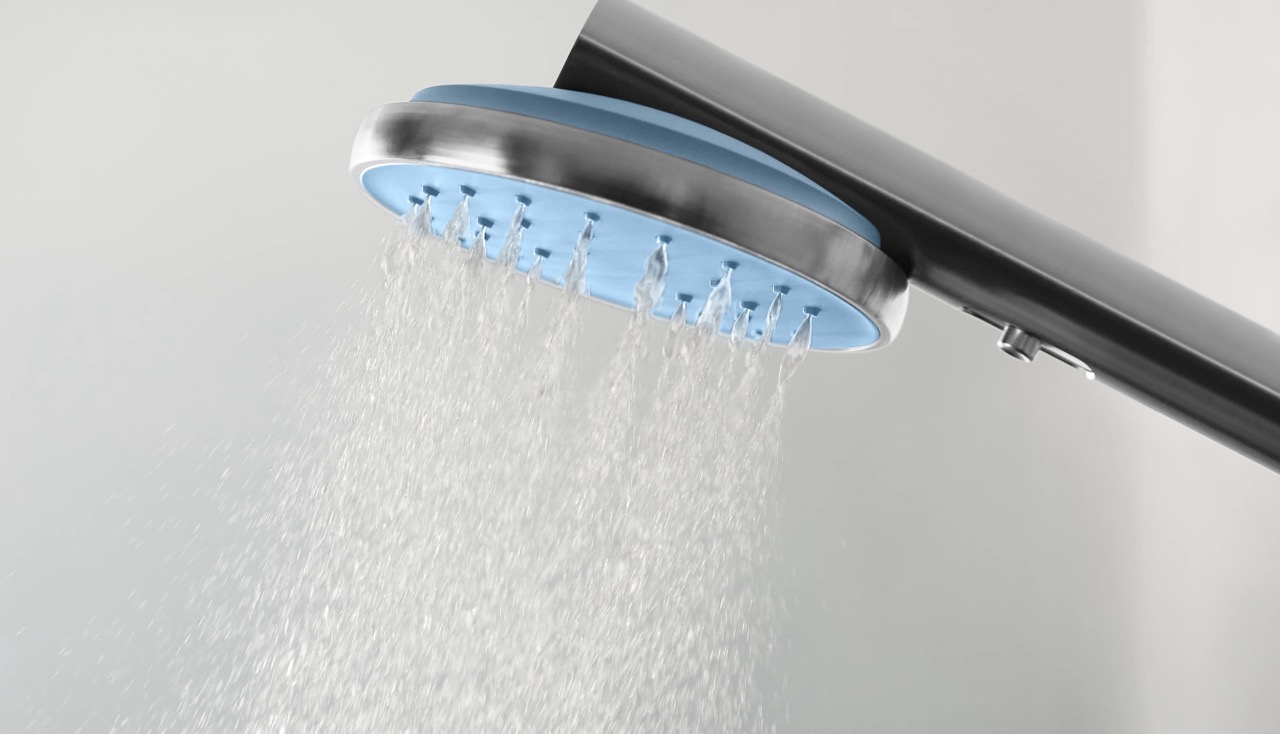
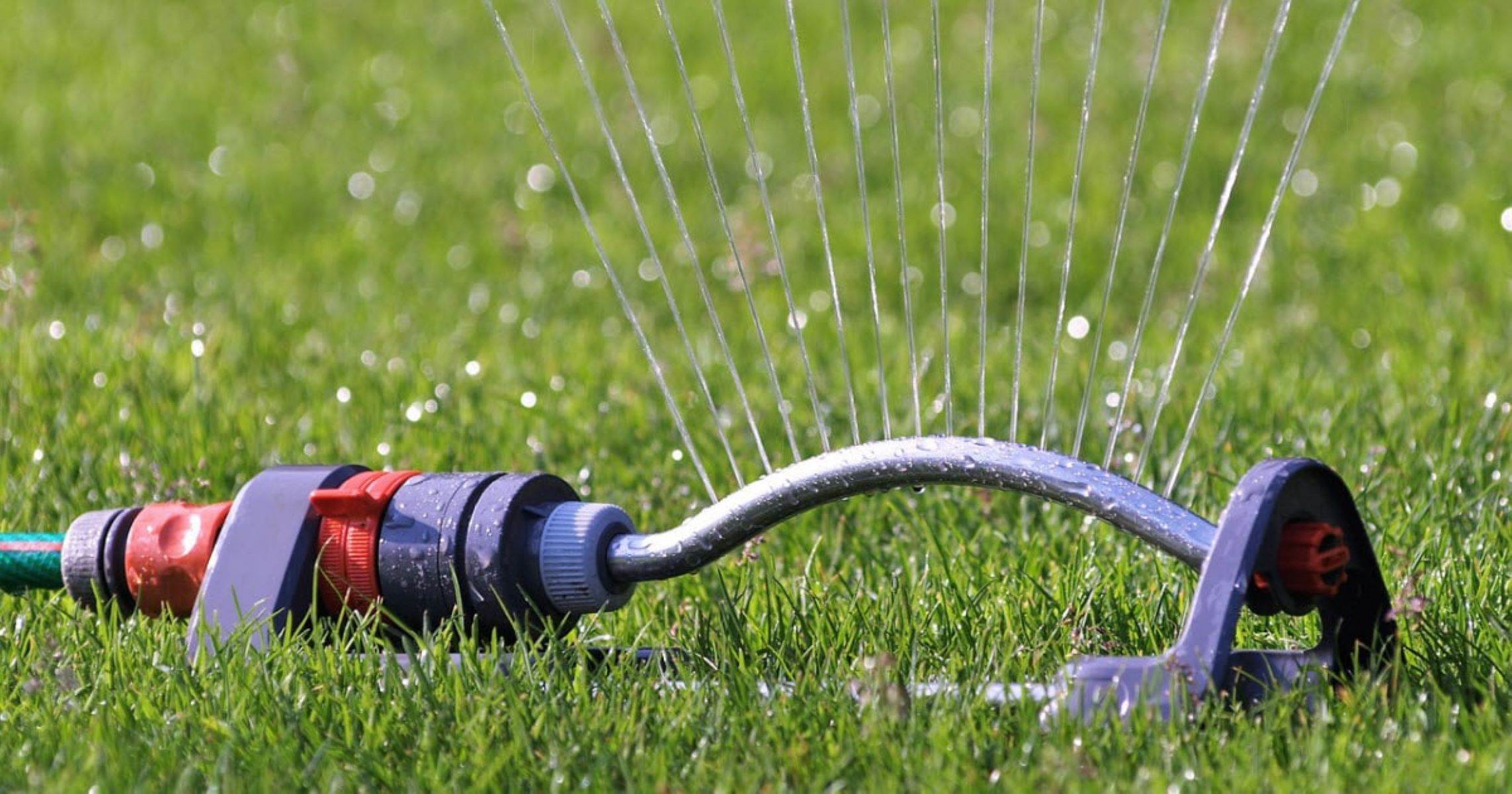
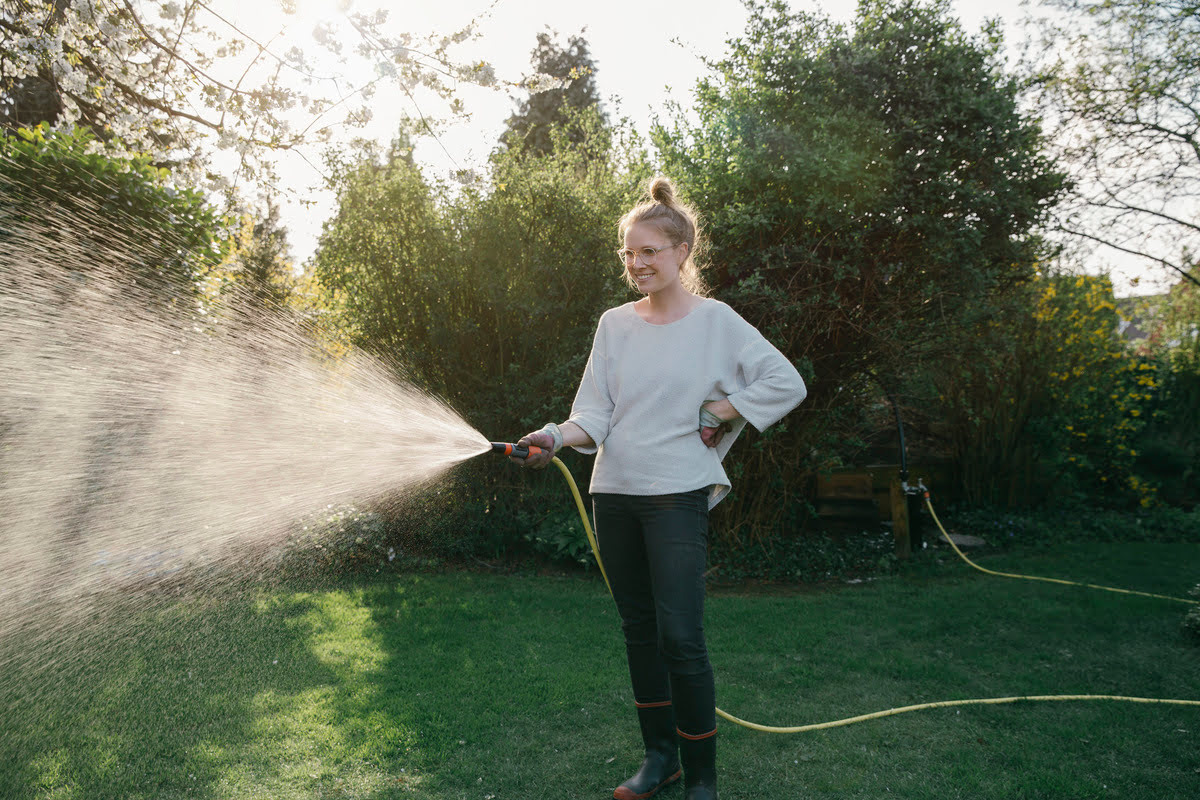
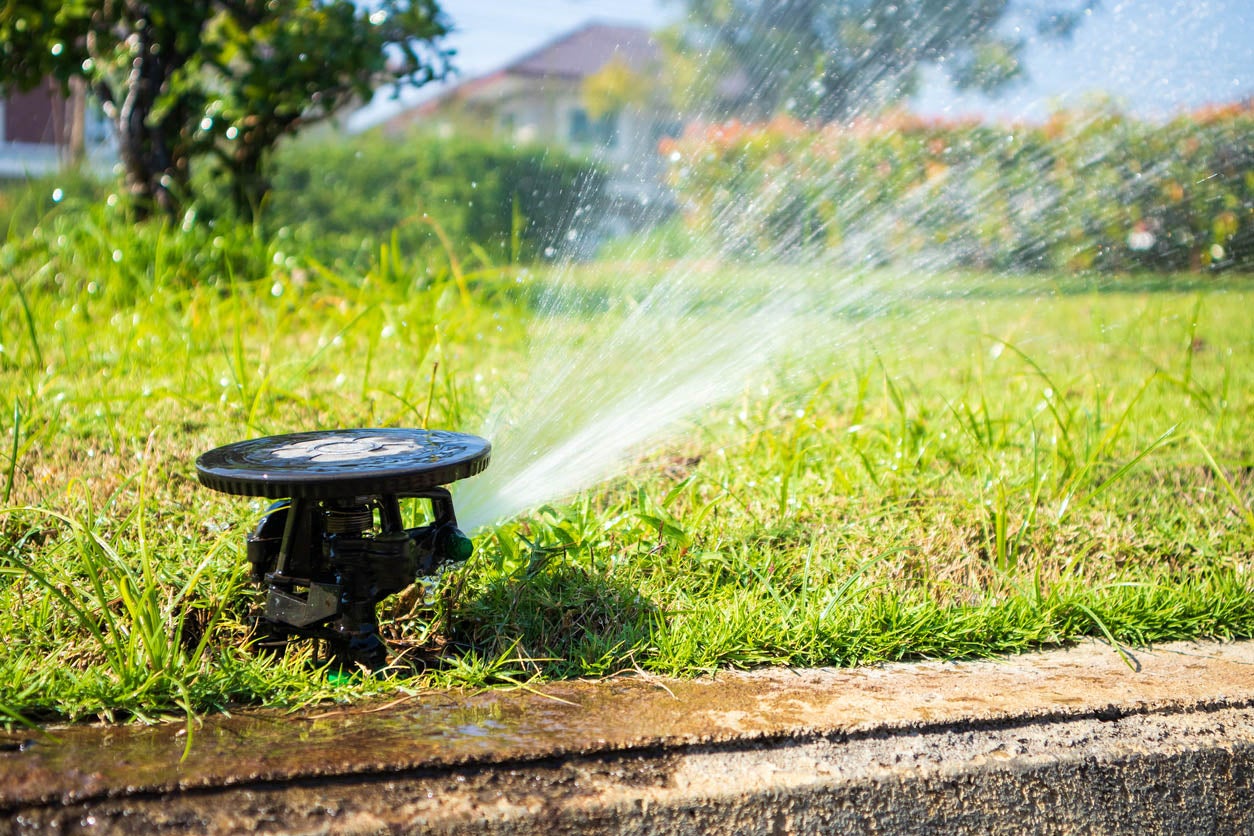
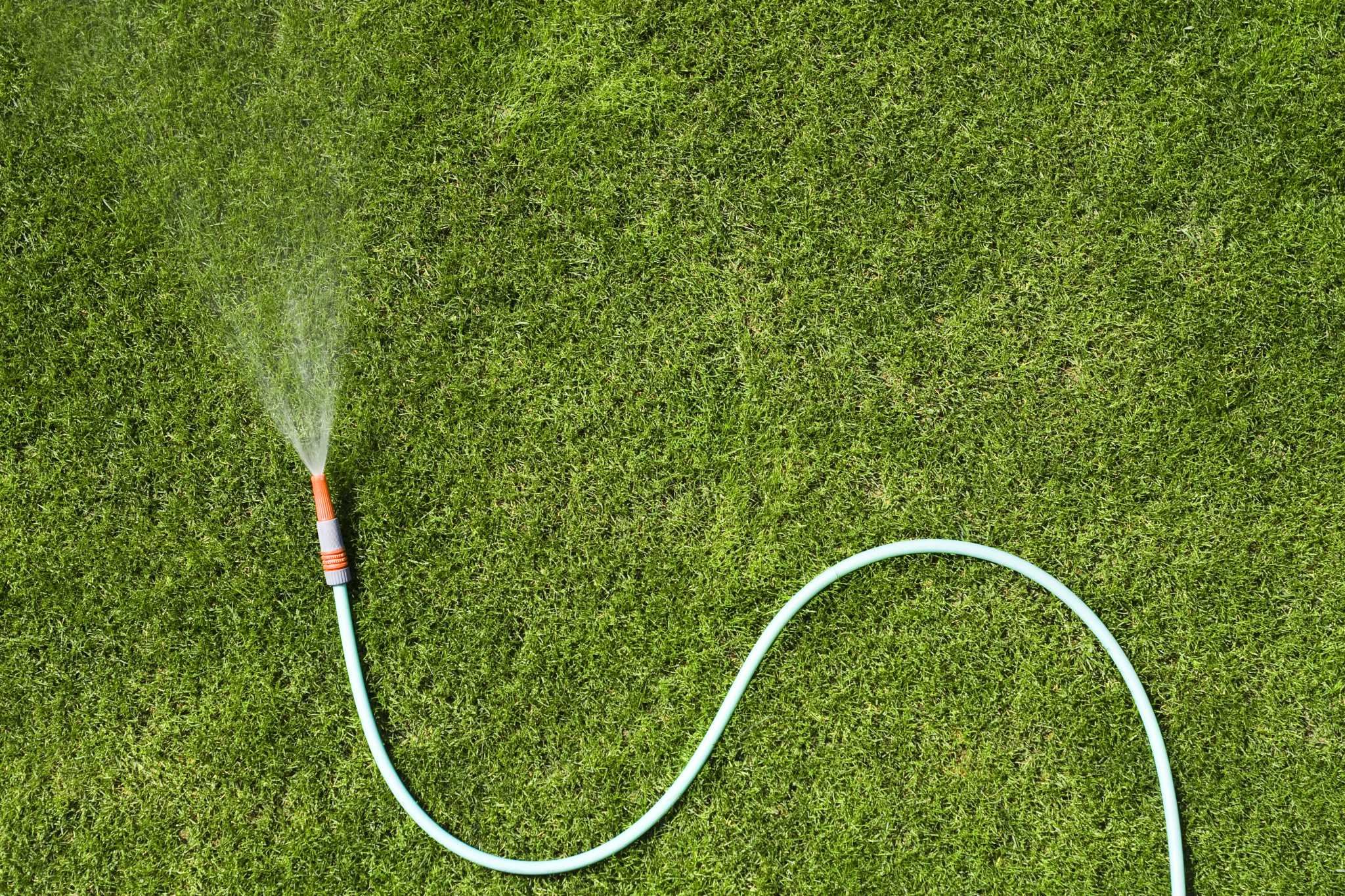
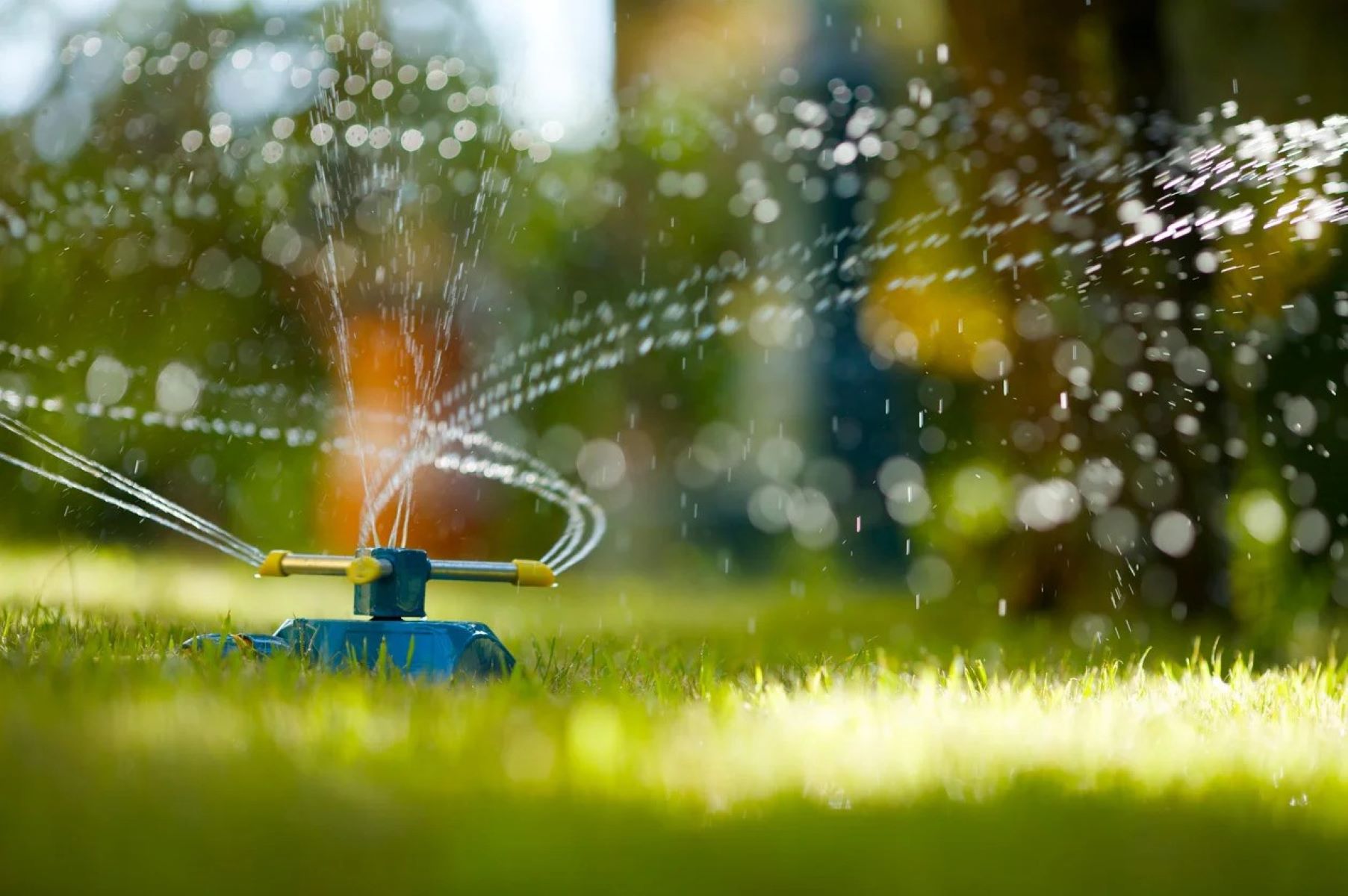
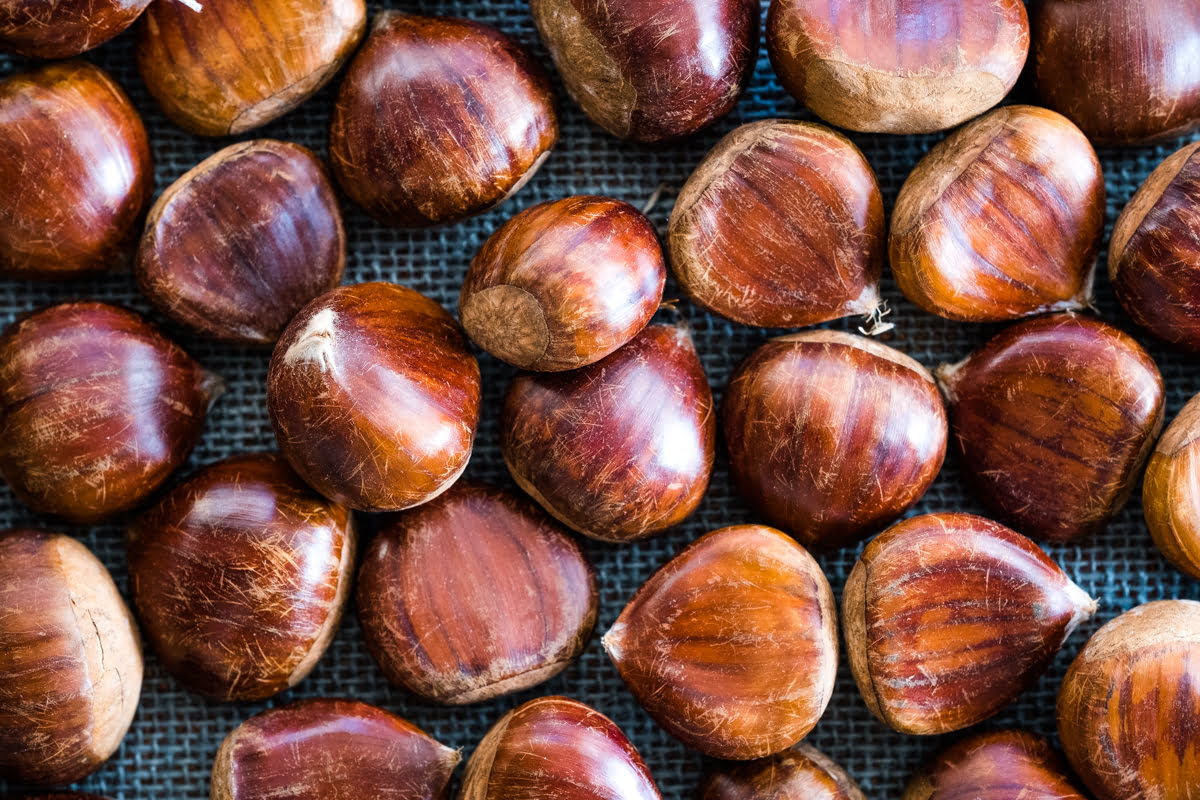
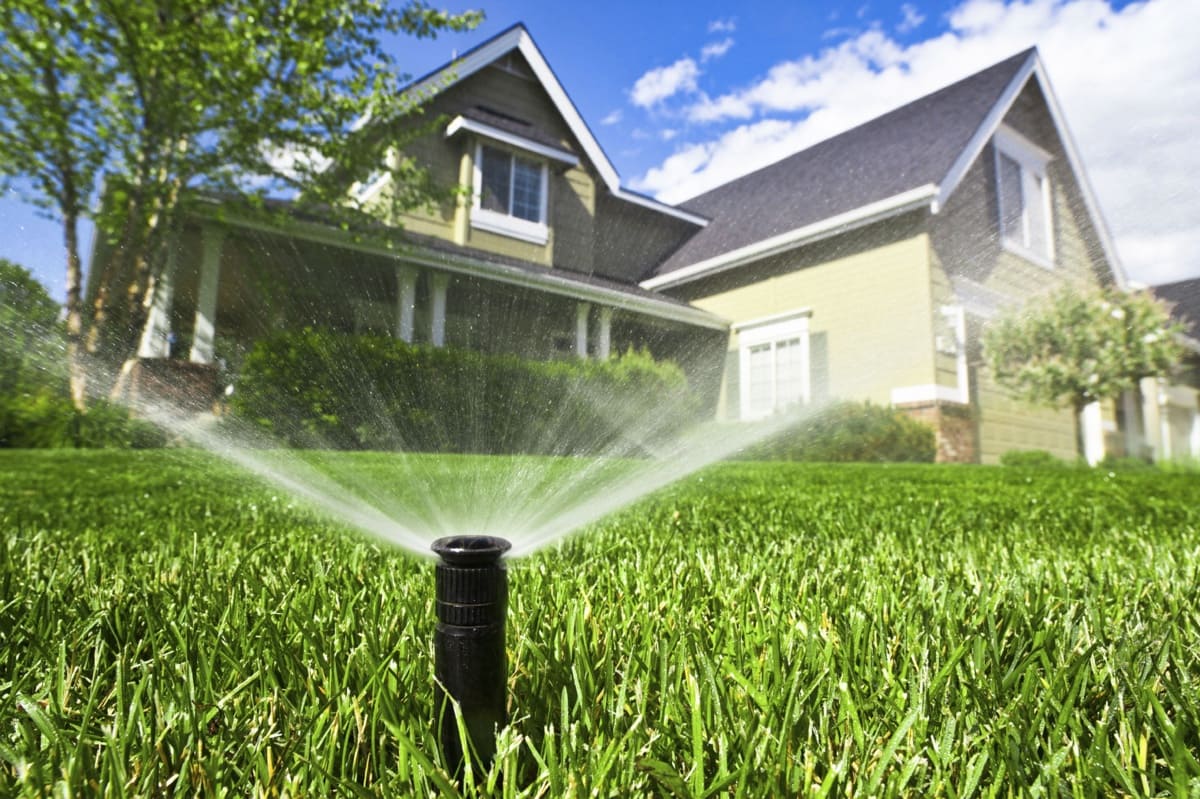
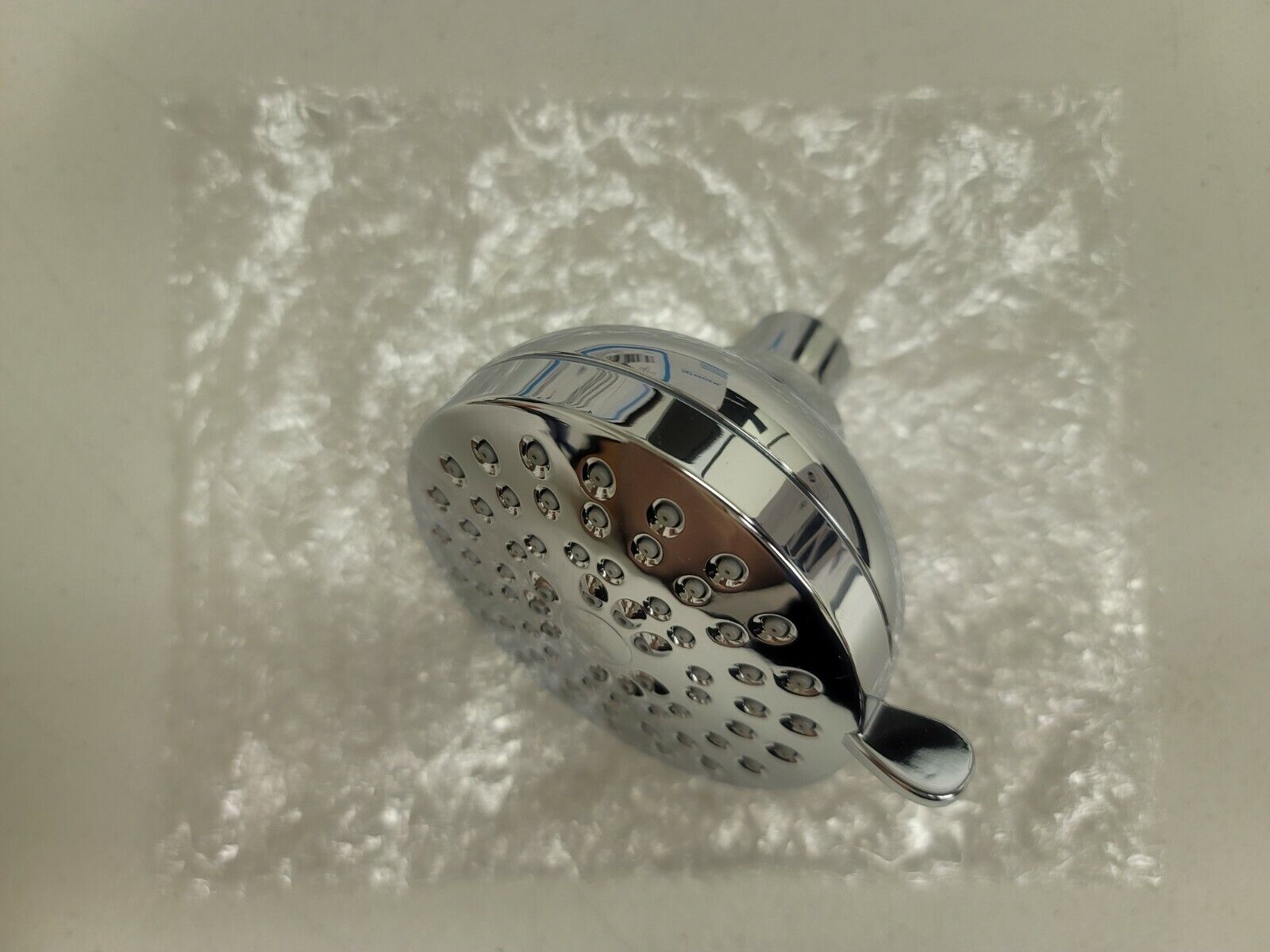
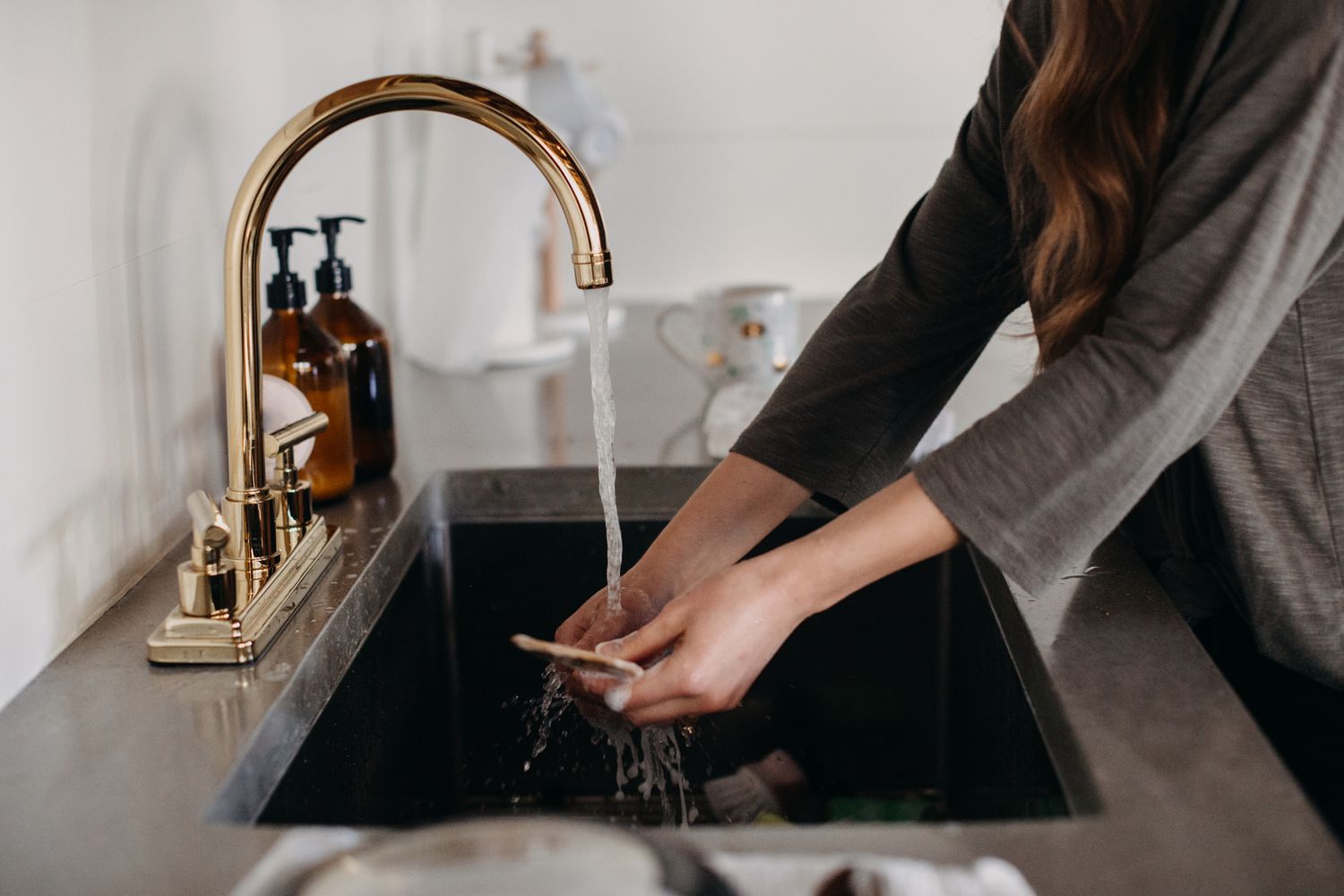
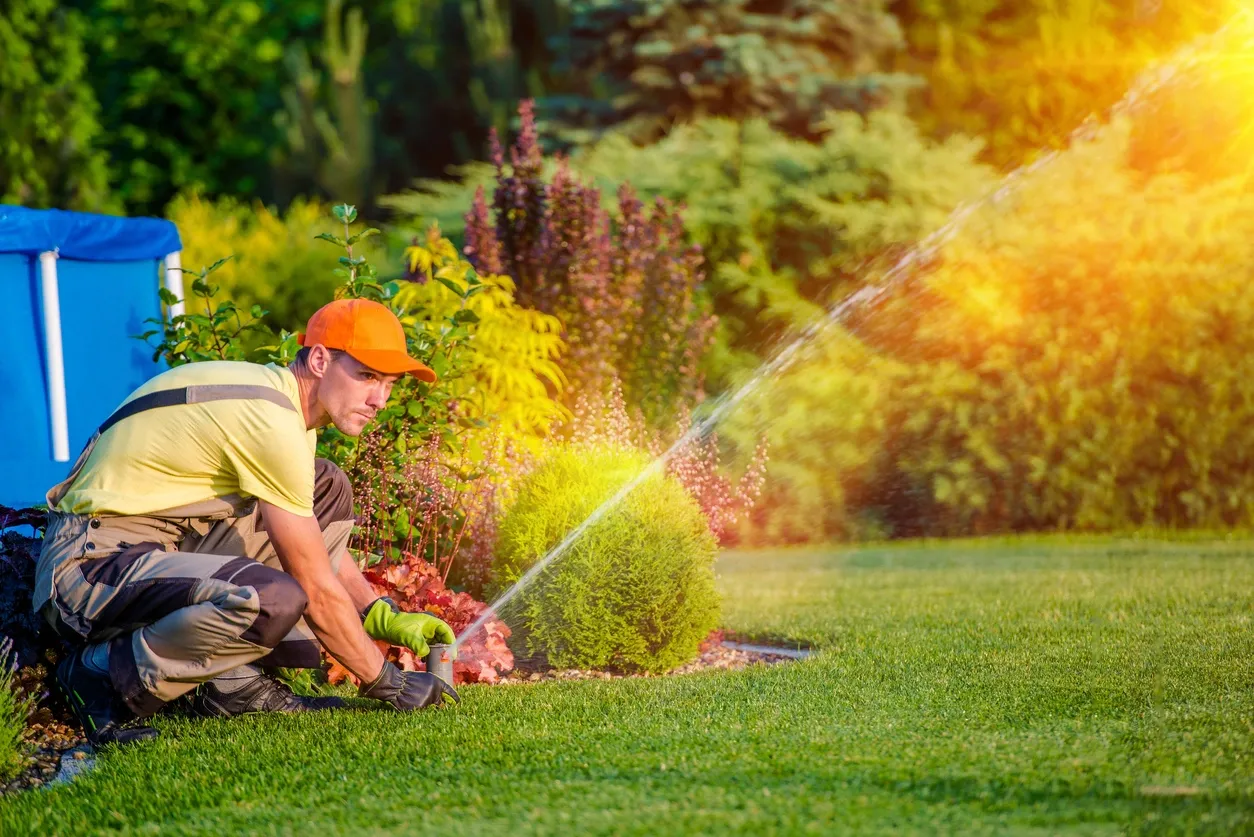
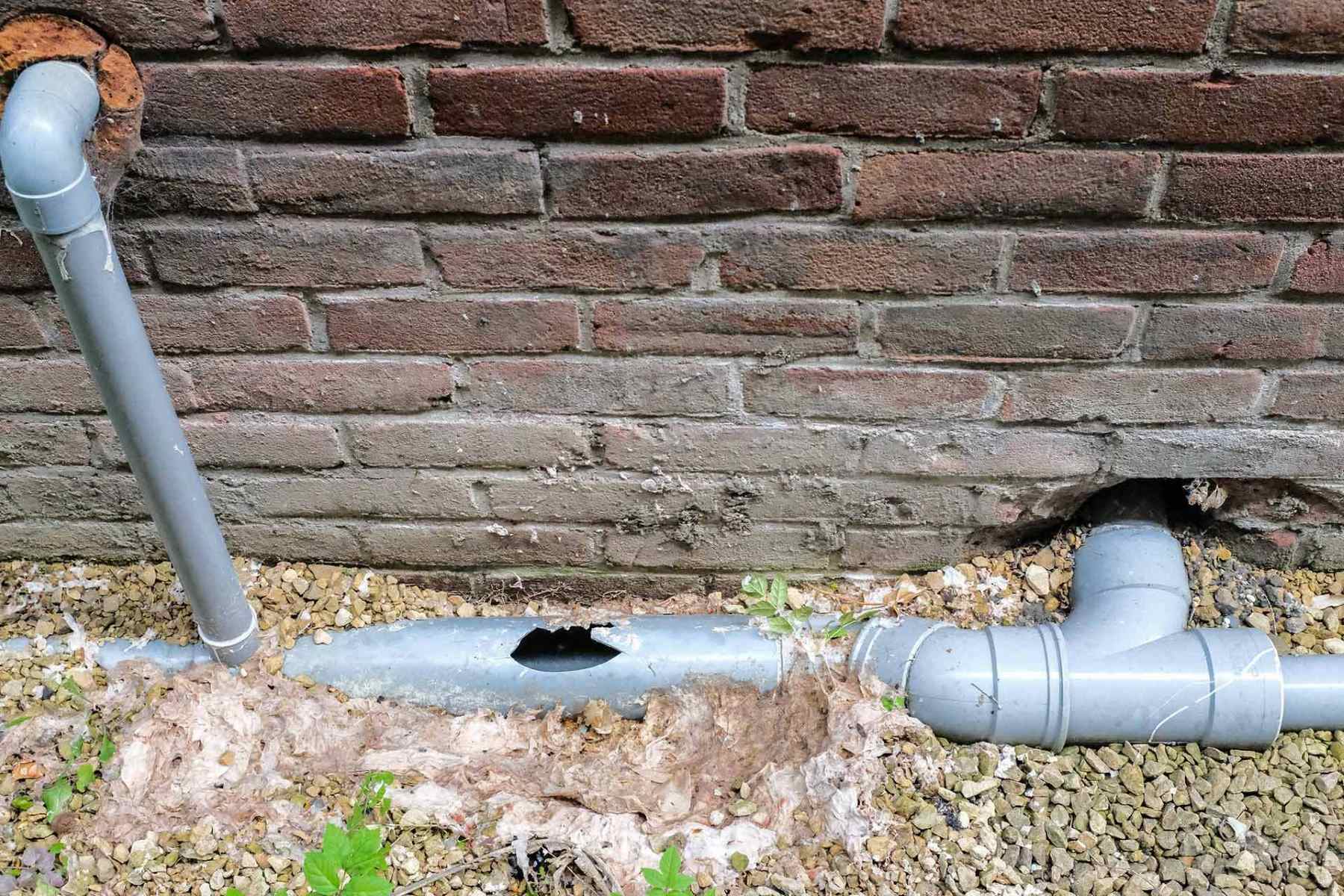

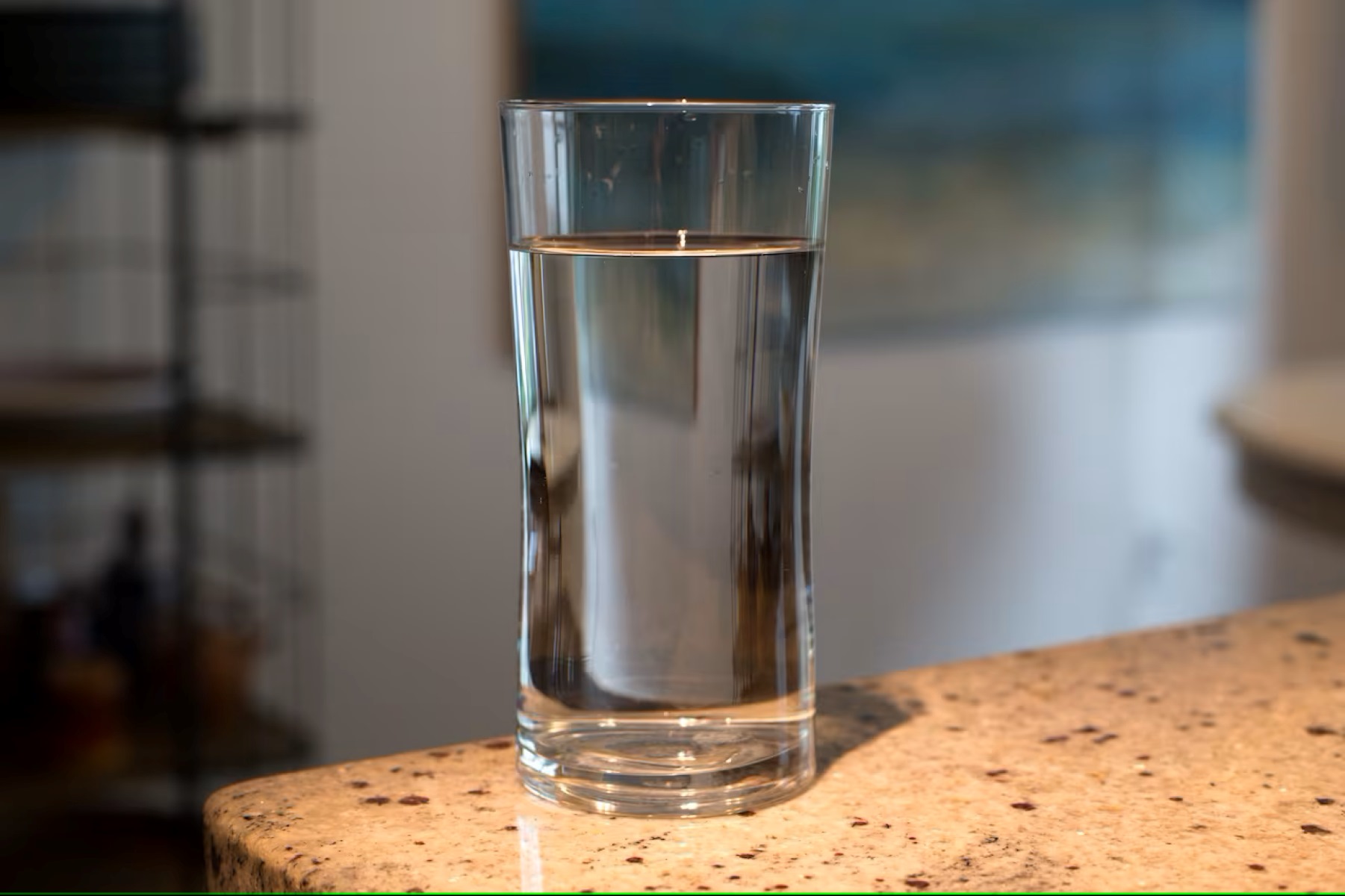


0 thoughts on “How Many Minutes To Water Your Grass”